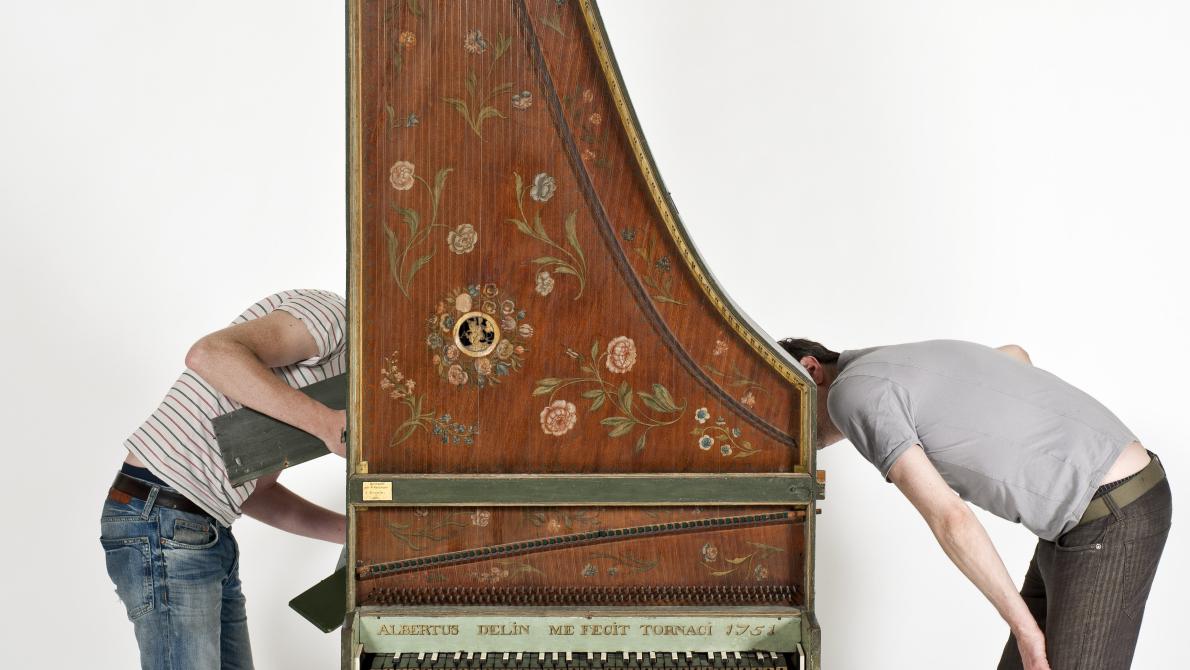
Duration
Since 2009
MIMO
Musical instruments are witnesses of thousands of years of human creativity and innovation. Their diversity is enormous. European museums preserve an important part of this material heritage, housing hundreds of thousands of instruments from all over the world. They preserve and exhibit them, and spread knowledge about them to provide insights, inspire, and connect. Good collections of musical instruments teach us about musical traditions and changing cultural identities.
In Spring 2008, collaborators from several major European museums with musical instrument collections came together to make this musical heritage known worldwide in a coherent way. They launched a project to digitize their collections and publish them online in a multilingual environment. Two years of funding were obtained from the European Commission (eContentPlus program). The purpose of the project was to provide a common access route for those who wanted to explore this heritage online and to create cohesion. Common standards were developed for instrument names and makers, and for their visual representation (for example, in which position and from what point of view pictures of different types of instruments give the most information).
The project was approved in Spring 2009. MIMO was born. The kick-off meeting took place in Florence in September 2009. The participating partners from the very beginning were:
University of Edinburgh, United Kingdom (initiator and project management)
Africamuseum, Tervuren, Belgium
Cité de la Musique / Philharmonie, Paris, France
Galleria dell'Accademia, Florence, Italy
Germanisches Nationalmuseum, Nuremberg, Germany
Horniman Museum, London, United Kingdom
Musical Instruments Museum, Brussels, Belgium
Stiftung Preussischer Kulturbesitz, Ethnologisches Museum, Berlin, Germany
Scenkonstmuseet, Swedish Museum of Performing Arts, Stockholm, Sweden
University of Leipzig, Museum für Musikinstrumente, Germany
During the next two years, the partners brought together metadata from more than 45,000 instruments in the MIMO portal. The digital content of local collection databases was collected into a MIMO “reservoir” via an Open Archives Initiative (OAI) protocol. The museums took pictures of their collections according to the new MIMO photo standard. They linked all instruments to the new multilingual thesaurus with about 2,250 object names, to a new thesaurus of makers, and to the international Sachs-Hornbostel classification system, which the MIMO group had completely revised for the occasion and supplemented with a classification of electrical and electronic instruments. 1,250 digital audio files were also inserted into the database. The relatively small number of audio files, compared to pictures, is partly due to the limited number of historical instruments that are still playable, making the listening examples particularly valuable. Even rarer and more valuable are video recordings of historical performances, with currently 300 video clips available online.
At the end of 2011, the digitized musical heritage of the museums involved was fully accessible to specialized users (curators, researchers, students) through the search interface www.mimo-db.eu and to the general public through Europeana, the European digital library. At that time, the available information represented 40% of Europe’s heritage and 16% of the world heritage in the field of musical instruments.
After the end of EU funding, the museums continued their cooperation. Today, the original MIMO group has grown into a consortium of 33 partners, with new collections from Norway, the Netherlands, Poland, Spain, China, Burkina Faso, and Congo-Brazzaville, among others. Content is available in English, French, German, Dutch, Italian, Swedish, Catalan, Chinese, and Polish. MIMO grew from a European to a global database in 2017, with data from nearly 65,000 instruments. The construction of an additional interface with faceted search (www.mimo-international.com) made MIMO more user-friendly for the general public.
The MIMO portal is a never-ending project and is in continuous progress. Working with so many different partners poses challenges in maintaining homogeneity and uniformity in the identification and naming of instruments. Work groups are created and new subprojects are started to improve, control, and enrich the ever-growing mass of metadata.
Bringing together so many objects in a controlled and user-friendly environment makes mutual comparisons easy and attractive: evolution and migration of instruments can be discovered and followed. MIMO has become not only a documented catalogue of musical patrimony but also an important tool for scientific research. It is a growing reference center for musical instruments worldwide, a research laboratory where the exchange of information and know-how on musical instruments leads to significant enrichment of these vehicles of world heritage.
The MIM is part of MIMO's Core Management Group and is, together with the Philharmonie in Paris, responsible for the thesauri: the Philharmonie for the technical implementation, and the MIM for the content.